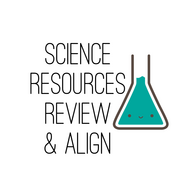Give Paws!
(View Complete Item Description)Students will identfiy necessary resources in a habitat, understand the factors that influence normal population size and carrying capacity, describe limiting fcators, and compare natural population fluctuations and unnatural declines.
Material Type: Lesson Plan








